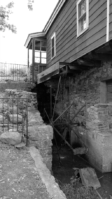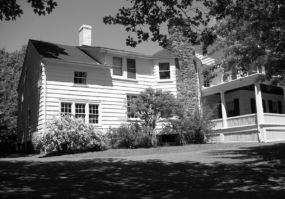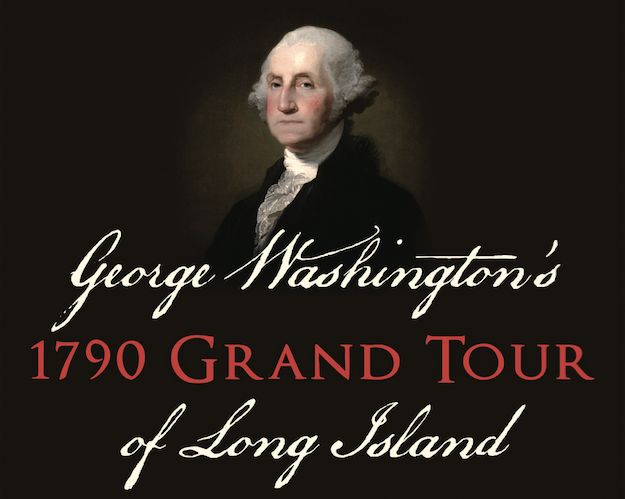When George Washington toured the North Shore as president for the first time in 1790, it was a land not of Gold Coast mansions, but perhaps one of farmers, patriots and potential to him.
This is according to “George Washington’s 1790 Grand Tour of Long Island,” set to release on July 9, which documents the 5-day tour the former general took across Long Island, a place he once left in “great haste” 14 years prior in the devastating Battle of Long Island.
Joanne Grasso, an associate adjunct professor at New York Institute of Technology at Old Westbury who grew up in Great Neck, said that in the seven years after the war’s end, there had been considerable rebuilding done.
But his presence on Long Island “really worked a whole patriotic upsurge,” Grasso said, especially in the areas he had always focused on.
“His presence in the area was just unfounded,” Grasso said in an interview. “I think it really created a boost for every area: the farming, the commerce, [and] just the patriotic cohesiveness of the area.”
The book utilizes maps, Washington’s diary entries, letters, accounts and other documents to trace his movements at a time where “Long Island was redefining itself after the American Revolutionary War and the destruction from occupation.”
As Washington traveled between Roslyn and Flushing, Grasso noted in the book, he passed through modern day Great Neck – which had provided “good vantage points” for patrols, “engaging in raids or providing intelligence information for spying” – as well as Port Washington, then known as Cow Neck, and Manhasset.

Washington had written in his diary about visiting the Onderdonk home and made note of their gristmill and two paper mills, which were among the first in the colonies.
Washington then made a sheet of paper there, Grasso wrote, because he was interested in ‘mechanick matters.’
“Roslyn, I think, was probably one of the highlights of the tour that he did,” Grasso said. “It’s obviously a very beautiful area and he will stop for breakfast there and, as I said, do some of the commerce.”
Grasso also highlighted early colonial homes like the Sands-Willet House, which was home to seven sons “that were either fighting or contributing to the American Revolution,” and the Thomas Dodge Homestead, both in Cow Neck.
One of the residents of the Sands-Willet House, Col. John Wands IV, was even with George Washington’s army at the Battle of Long Island in 1776 in Brooklyn Heights.

Prior to Washington’s visit and the departure of Loyalists from Long Island after the war, Grasso noted in the book that Great Neck and Cow Neck were particularly pro-independence.
In 1775 they voted to split from the pro-British Town of Hempstead; come 1784, it was finalized.
Many locals and children came out to Washington’s 1789 inauguration in New York City, Grasso said, as they were “deeply patriotic” and “recognized that he was a new president.”
Grasso said that Washington’s past career as a farmer and surveyor showed in his notes, which focused on “the geography and topography” of the island. He would also make comments on places he felt were “well-appointed” or “decent,” she said.
“There were a lot of personal observations that he made… He’s giving me a vision of what Long Island was like 200 years ago,” Grasso said.
As for Washington’s vision for the future of Long Island, Grasso said it has clearly become much more technologically advanced than the times where people had to row or sail about the Long Island Sound, farms were abundant and reconstruction had to be done by hand.
But the island has maintained some farming – which speak to “American roots” – and truly grew commerce, she said, even if it is a lot different than what he could have imagined.
“The commerce was very important to ensure there was a good economic base and we have continued to do that on Long Island as well,” Grasso said. “And we will continue.”
Grasso said the book, in part, spawned from a love of George Washington and revolutionary history. But she also wanted to commemorate the 11,000 from New York and Long Island – more than anywhere else – who sacrificed themselves to help found the country.
“New York had the most deaths from that war of the 13 states, so [my hope is] the people would keep that generation in mind, in heart, and Washington in particular as well, knowing that generation really started our country,” Grasso said. “And it’s up to the rest of us to keep going and to keep working out all of these issues that we have from generation to generation.”



